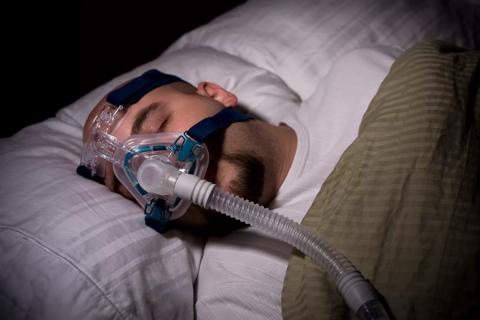
A review of conservative, pressure-based and surgical treatments for OSA
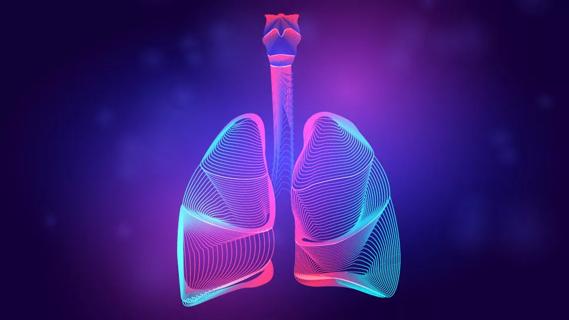
Volatile organic compounds have potential in heart failure diagnostics
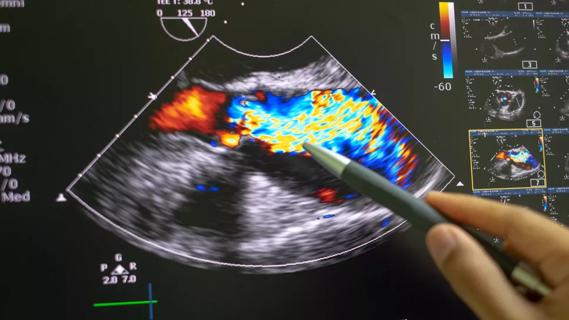
Insights for diagnosing, assessing and treating
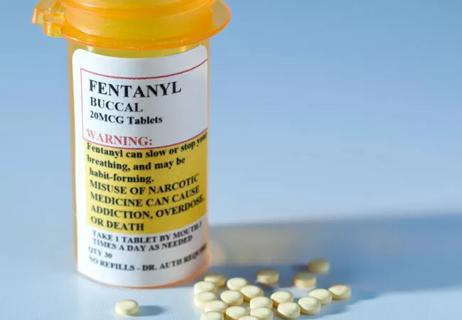
Two NIH grants are looking at developing new antidotes against fentanyl overdose
Cleveland Clinic is a non-profit academic medical center. Advertising on our site helps support our mission. We do not endorse non-Cleveland Clinic products or services. Policy
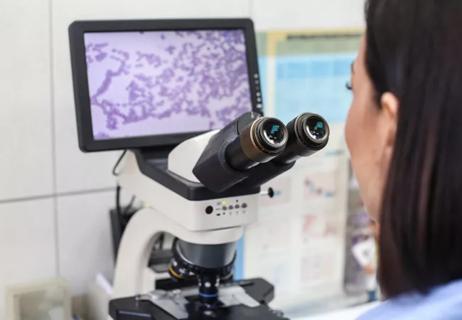
Exploring the responses to medications and other supportive therapies

A set of graphs helps quantify the expected changes in forced expiratory volume at one second (FEV1), forced vital capacity (FVC) and FEV1/FVC ratio with the new race-neutral equation
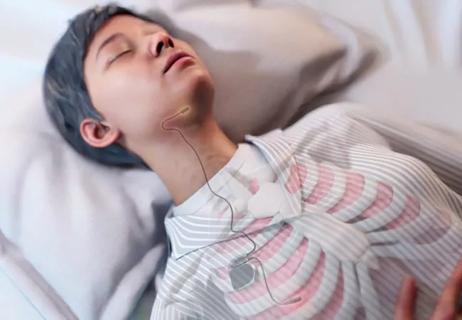
For patients with moderate to severe OSA who are intolerant of traditional CPAP therapy, HNS may provide a welcome improvement to QoL
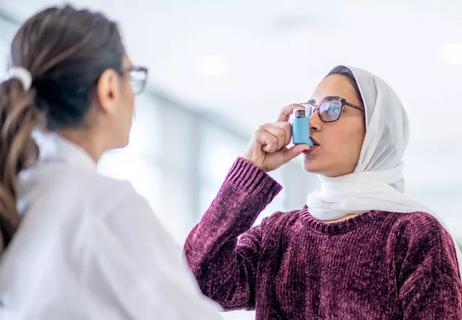
Because of the associated symptoms, a multidisciplinary approach to care is essential
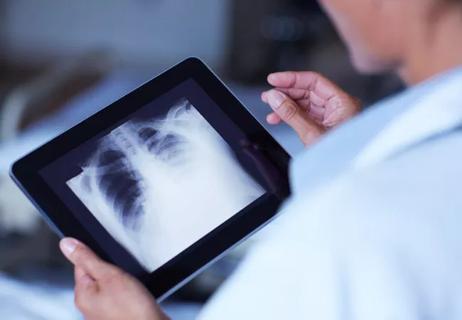
Patients with COPD are often affected by sarcopenia, but the underlying mechanisms for the development are poorly understood. New research looks into the causes and potential therapies
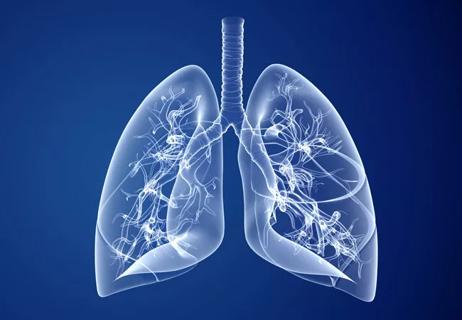
Research explores how incorporating long-term benefits will impact the new U.S. lung transplant allocation system